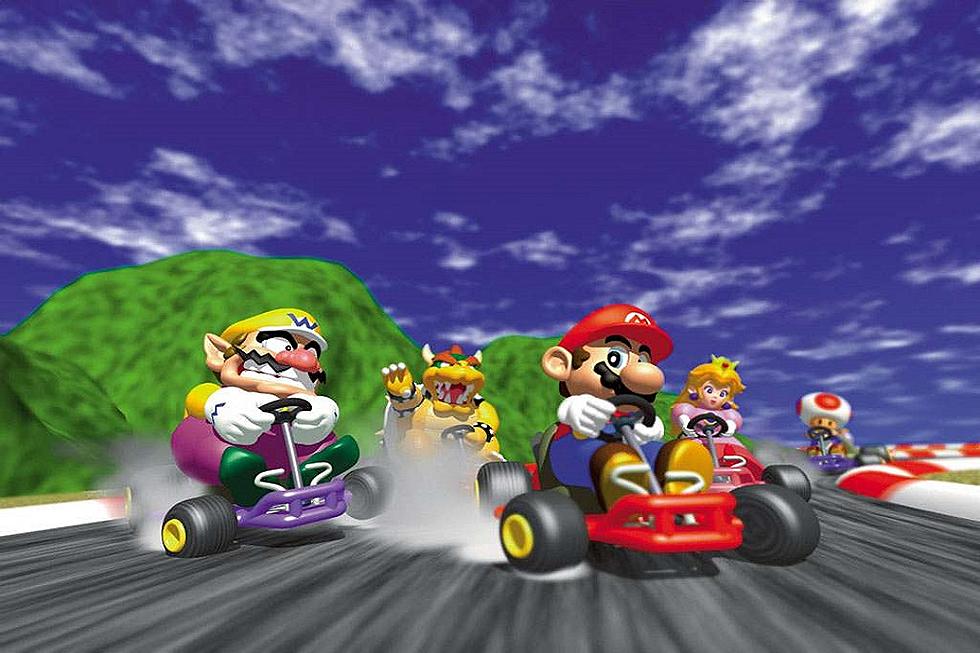
Skirting the Rulebook: Celebrating Splinter Cell: Chaos Theory
When 2005 rolled around, we were already quite familiar with Sam Fisher for what he was at the time: a straight-laced spy that did everything by the book with a multitude of unique tools and suave covert moves to take on any mission with flawless grace. That “flawless” part was both the sophistication and the crutch of earlier Splinter Cell games where simply being detected too much could end in a game over and a restart. When Chaos Theory came out, it was not only the push towards even more cold, calculated, and versatile Sam Fisher, but a Sam Fisher that could bend the rules without a game over.
As with many of the Tom Clancy products, Splinter Cell: Chaos Theory, was a political and military fantasy that played with ideas about would happen if the balance of national powers were turned terribly askew. Playing off the tensions that have existed for decades between North Korea, South Korea, China and Japan, Chaos Theory offered up a group of mad men intent on carefully hijacking military tech from opposing sides of the North Korean and South Korean forces in hopes of spurring them to conflict, bringing China and the United States to their respective ally’s aid and bringing about World War 3. Enter Sam Fisher of the Third Echelon.
As per usual, Fisher runs under orders from his regular handler, Irving Lambert, as he hunts leads around the world in a chase to avert another world crisis. One of the most noticeable additions to Chaos Theory was the addition of a sound sophisticated sound system which factored Fisher and his environment into remaining undetected. It was a strong addition to the light system, ensuring that players would factor aural elements just as much as visual elements into their stealth play. The game also did away with detection upon leaving an area if bodies were left in the open, instead allowing that if Sam had silently removed all patrolling threats and cameras from duty in an area before moving on, enemies would remain suitably unaware of his infiltration.
As for Fisher himself, the master soldier/spy gained a bunch of new toys to play with in his latest endeavor, perhaps the most important of which was the combat knife. With the knife, Fisher could now dispatch enemies lethally with a new form of close-quarters combat and cause distractions such as piercing gas tanks on generators to aid in stealth. In addition, Sam had the option to use the knife in interrogation, making for some much more intense forms of information retrieval. Fisher himself also learned some new tricks as well, such as being able to pull enemies from railings or hang down from above and choke or break the necks of enemies from above.
All-in-all, this was an introduction to not just a more stealthy and suave Sam Fisher, but a much more lethal one as well. Chaos Theory saw the addition of aforementioned lethal knife and stealth attacks, assault kits geared towards dispatching enemies over remaining secretive, and the option to kill victims following a successful interrogation. Unintended casualties could now occur, resulting in a penalty to objectives and mission score, but not ending the missions. Sam Fisher could do more than just be deadly – he could make mistakes and tread through muddier waters than we had ever been allowed to make him tread before.
Chaos Theory didn’t flip the Splinter Cell formula on its head, but it certainly paved the way for the future installments that would. Fisher was always capable of getting down and dirty and Chaos Theory was the first time we really had the option to push those boundaries with the character. It also played with the idea of Fisher’s ties to personal interests in conflict with his ties to his job and his nation. For remaining as close to the original Splinter Cell as it was going to get, Chaos Theory was the transition to a new direction for the series where the right call was about to become nigh impossible for Sam and one of gaming’s most by-the-book spies was about to be pushed far beyond his breaking point.
More From Arcade Sushi

![Far Cry 5’s Journey to Big Sky Country Feels Justified [Preview]](http://townsquare.media/site/550/files/2017/06/farcry5.jpg?w=980&q=75)
![Mario Gets Tactical in Mario + Rabbids Kingdom Battle [Preview]](http://townsquare.media/site/550/files/2017/06/rabbids.jpg?w=980&q=75)






